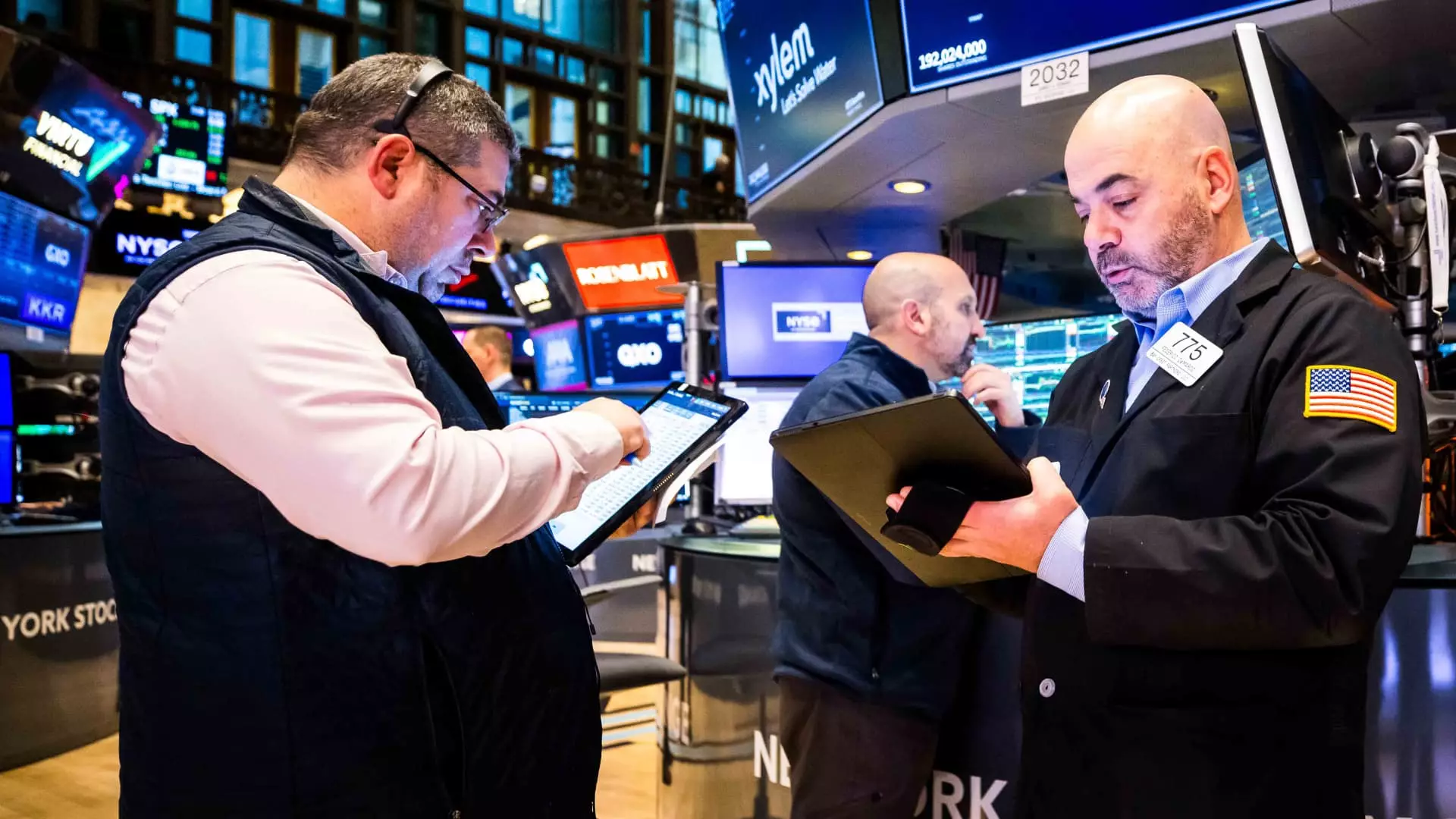Active management in the stock market often carries the allure of potential wealth, but a closer examination reveals a stark reality: most active managers fail to outperform their benchmarks consistently. The prevailing statistics indicate a concerning trend within the investment community, where the art of stock picking is not only challenging but, ultimately, a losing battle for the majority. S&P Global’s findings indicate that around 73% of active managers underperform their benchmarks after just one year, and this disheartening figure escalates to an alarming 95.5% over five years. Even longstanding managers who have been in the field for over 15 years struggle to showcase any significant edge.
Charles Ellis, a distinguished figure in the investment sector and a strong advocate for passive indexing strategies, asserts that these figures will likely remain static. He emphasizes that while the numbers may seem discouraging, they reflect a structural issue faced by active managers: the sheer difficulty of outsmarting a market that is increasingly efficient and competitive. As Ellis points out, the interest in active management continues to grow—more individuals are entering the field, fueled by the promise of high salaries and the excitement associated with stock market investments. However, this influx exacerbates the competition, resulting in an oversaturated market where talent is abundant but not fruitful in delivering superior returns.
Dave Nadig, a recognized expert in exchange-traded funds (ETFs), echoes Ellis’s perspective by noting that active management is not on the brink of extinction. Despite fluctuating trends, 2023 marked a record year for inflows into active management, suggesting a robust, continued interest from investors. Yet, this optimism must be tempered with the realization that while active funds are attracting inflows, they still lag significantly behind passive index funds and ETFs in terms of overall investor capital flow.
Passive investing, characterized by lower fees and a broader market exposure, has become the preferred choice for many investors—particularly individual ones who may lack sophisticated market knowledge. Nadig points out that the overwhelming majority of capital is directed toward large index funds and target-date funds rather than actively managed portfolios. This shift underscores a fundamental change in investor behavior, favoring simplicity and lower costs over the traditional promise of outperforming the market.
Ellis, who greatly contributed to the development of low-cost index funds at The Vanguard Group, expresses concern regarding the proliferation of ETFs, which, while increasing accessibility and reducing fees, also bring their own set of challenges. He warns that many new ETFs are designed primarily with the salesperson in mind, rather than the investor. This model risks creating an environment where products become too specialized or narrowly focused, potentially jeopardizing investor interests.
The conversation around leveraged ETFs—those that aim to deliver a multiple of the returns of a particular index—places additional pressure on investors seeking significant upside. While they certainly present enticing returns in favorable market conditions, they equally expose investors to dramatic downturns. Such products underscore the importance of understanding one’s investment goals and risk tolerance, as the allure of quick profits can be misleading and dangerous.
Another critical aspect highlighted by both Ellis and Nadig is the impact of technology on the investment landscape. With sophisticated tools and algorithms now widely available, the market is inhabited by a multitude of traders, all vying for the same opportunities. This democratization of technology leads to a scenario where achieving an edge becomes increasingly elusive. Ellis articulates this by likening the current trading environment to a poker game where all cards are visible—a stark contrast to the past when information asymmetry provided seasoned investors with an advantage.
While stock picking might appear straightforward, the rigorous data illustrates a complex and competitive field where active managers, despite their best efforts, often fall short. A transition toward passive investment models reflects both a strategic evolution within the market and a pragmatic recognition of the challenges faced by active management. As both seasoned and new investors navigate this terrain, the emphasis should shift towards understanding individual goals, embracing diversification, and recognizing the inherent risks associated with various investment strategies.

